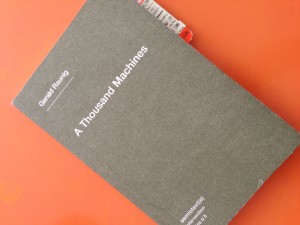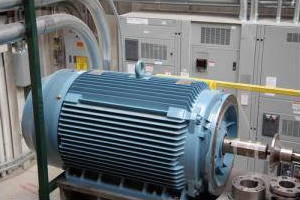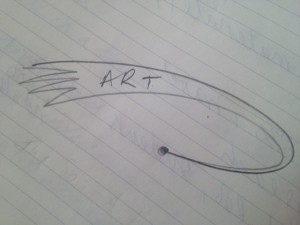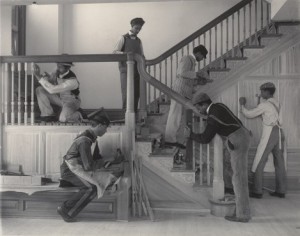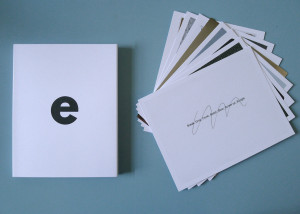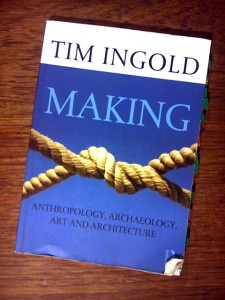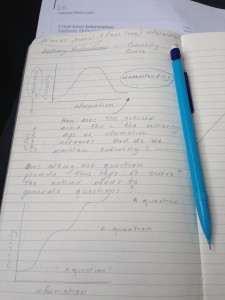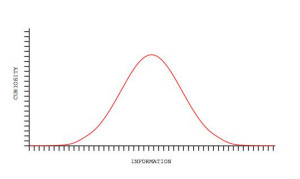We have at times referred to the Noticer as a machine. Why have we considered it in these terms?
Jo’s reservations about the machine as ordered (sequenced), not allowing for chaos seem relevant. The Noticer has to allow for chaos.
According to Raunig in A thousand Machines the machine used to be conceptualized as a “complex composition and an assemblage that specifically could not be grasped or defined through its utilization” p19 The machine as a technical, ordered object only emerged later.
Noticer – a machine for noticing
Curiositer – a machine for being curious
The machine is produced, it produces and it draws labor to it in its construction and its upkeep.
Marx in the ‘Machine Fragment’ doesn’t see the machine as purely technical or as purely a non-living thing but as consisting of numerous mechanical and intellectual organs (A Thousand Machines p22). The machine is not simply a way to ease humans working conditions. Marx suggests humans become a “means” to the machine. Humans preserve the machine from disruption, they use their intellectual and cognitive labor to make it and they operate it.
Does the noticer keep noticing whilst we are not there?
The machine moves from being a tool (an aid) to the machine as a composite apparatus that dominates the labor force. The machine becomes an object that objectifies all knowledge.
The Noticer as a machine – pulling knowledge towards it, producing it and questioning it.
But if there is too much knowledge then curiosity is lost – according to Huberman. So does the Noticer simply generates another question?
Generative – generator – seem important here.
The Noticer is not mechanical, but the machine cannot be seen as simply mechanical either, for Marx it is not limited to its technical apparatus but instead it is a mechanical, intellectual and social assemblage. Knowledge and skills and people are accumulated to it.
